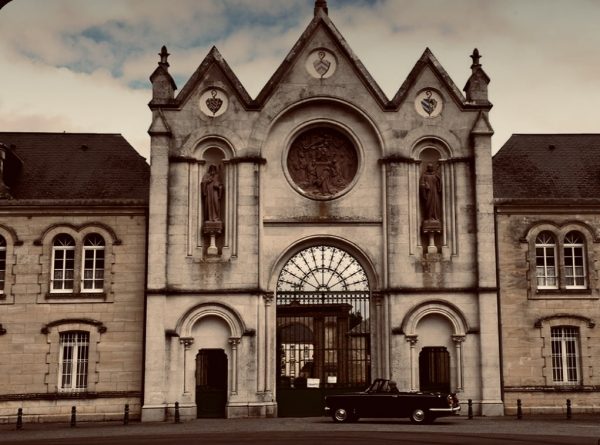
Close


The tourist route takes small winding and picturesque roads in the heart of the most typical landscapes of the Perche, passing in turn from the green valleys of the Cloche, the Ronne and the Berthe, to the famous hills, the highest point of which in Eure-et-Loir is the Butte de Rougemont.
After having strolled in the heart of the city of Rotrou, the walker will discover sites still imbued with the religious fervor of the Counts of Perche, whose generosity and piety allowed the construction of numerous priories and abbeys between the 11th and 13th centuries.
The chapels and churches of the Nogent countryside, sometimes modest in appearance, nevertheless have rich interior furnishings. Some are open to visitors on request and others benefit from the enlightened commentary of passionate scholars.
The abbeys and priories of Perche 4 abbeys and a priory were built in Perche Nogent between the 11th and 13th centuries: Saint-Denis in Nogent-le-Rotrou, Sainte-Trinité de Tiron in Thiron-Gardais, Notre-Dame des Clairets in Masle, Saint-Pierre-ès-Liens in Ceton, Notre-Dame-du-Val-d’Arcisses in Brunelles.
Only a few of these majestic buildings still partially survive, and many beautiful rural churches still stand in the Percheron countryside around Nogent-le-Rotrou.
Of the dozen abbeys that grew up in the Perche in two centuries, seven were built thanks to the generosity of the Counts of Perche: Saint-Denis, Chênegallon, Tiron, La Trappe, Le Val-Dieu, Les Clairets and Arcisses.
This 102 kms tourist circuit is signposted from and completed by 2 unmarked loops.
Nogent-le-Rotrou, in 1890 was already the most important city of the Perche, a walk in the city classified “Most beautiful detours” allows to discover some of the architectural riches of the city.